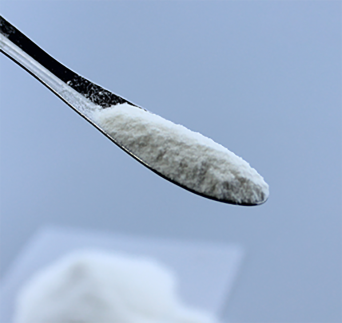
okt . 20, 2024 08:06 Back to list
different grades of hpmc
Understanding Different Grades of HPMC A Comprehensive Overview
Hydroxypropyl methylcellulose (HPMC) is a versatile polymer that has gained significant attention in various industries, particularly in pharmaceuticals, food, and construction. Its unique properties make it an essential ingredient in many applications, and understanding the different grades of HPMC is crucial for optimizing its use. In this article, we will delve into the various grades of HPMC, highlighting their characteristics, applications, and the factors influencing their selection.
What is HPMC?
HPMC is a semi-synthetic polymer derived from cellulose, a natural polymer obtained from plant cell walls. Through chemical modification, cellulose is transformed into HPMC, resulting in a product that is soluble in water and exhibits excellent film-forming, thickening, and emulsifying properties. HPMC is largely used as a thickening agent in food products, as an excipient in pharmaceuticals, and as a binder in the construction industry.
Different Grades of HPMC
HPMC is available in various grades, each tailored to specific applications and requirements. The main factors that distinguish these grades include the degree of substitution, viscosity, and thermal properties.
1. Degrees of Substitution HPMC grades are categorized based on their degrees of hydroxypropyl and methyl substitution. Higher degrees of substitution generally increase solubility and modify the polymer's viscosity. Depending on their substitution levels, different grades can be employed in applications ranging from high-viscosity gels to low-viscosity solutions.
2. Viscosity One of the most significant parameters that differentiate HPMC grades is their viscosity. HPMC is available in a spectrum of viscosities, commonly categorized as low, medium, and high viscosity. Low-viscosity grades are ideal for applications requiring a quick release of active ingredients, such as in some pharmaceutical formulations. Conversely, high-viscosity grades are utilized in products requiring thicker consistency, such as suspensions or gels in skincare products.
different grades of hpmc

3. Thermal Properties The thermal gelation behavior of HPMC grades varies, making them suitable for diverse applications. Some grades exhibit a unique characteristic where they can form a gel upon heating, which is particularly useful in cooking and food preparation. This property can also be exploited in drug delivery systems where temperature variations can trigger the release of therapeutic agents.
Applications of HPMC Grades
The diverse characteristics of HPMC grades make them suitable for a variety of applications
- Pharmaceuticals In the pharmaceutical industry, HPMC is widely used as a binder in tablet formulations, a coating agent, and a controlled-release polymer. For example, high-viscosity HPMC is employed in extended-release formulations to manage the release of active ingredients over time.
- Food Industry HPMC's emulsifying and thickening properties render it an excellent additive in food products. It is utilized in sauces, dressings, dairy products, and gluten-free baked goods to enhance texture and stability.
- Construction In the construction sector, HPMC serves as a vital component in dry-mix mortars, plasters, and adhesives. Its water retention properties ensure that the mixture remains workable for an extended period, improving bonding and workability.
Conclusion
In conclusion, understanding the different grades of HPMC is essential for selecting the right formulation for specific applications. The varying degrees of substitution, viscosity, and thermal properties enable HPMC to meet the diverse needs of industries ranging from pharmaceuticals to food to construction. As research and development continue to evolve, we can expect even more innovative applications for this versatile polymer, making it a staple ingredient in numerous products. By choosing the appropriate grade of HPMC, manufacturers can enhance product performance and achieve optimal results in their respective fields.
-
Versatile Hpmc Uses in Different Industries
NewsJun.19,2025
-
Redispersible Powder's Role in Enhancing Durability of Construction Products
NewsJun.19,2025
-
Hydroxyethyl Cellulose Applications Driving Green Industrial Processes
NewsJun.19,2025
-
Exploring Different Redispersible Polymer Powder
NewsJun.19,2025
-
Choosing the Right Mortar Bonding Agent
NewsJun.19,2025
-
Applications and Significance of China Hpmc in Modern Industries
NewsJun.19,2025







